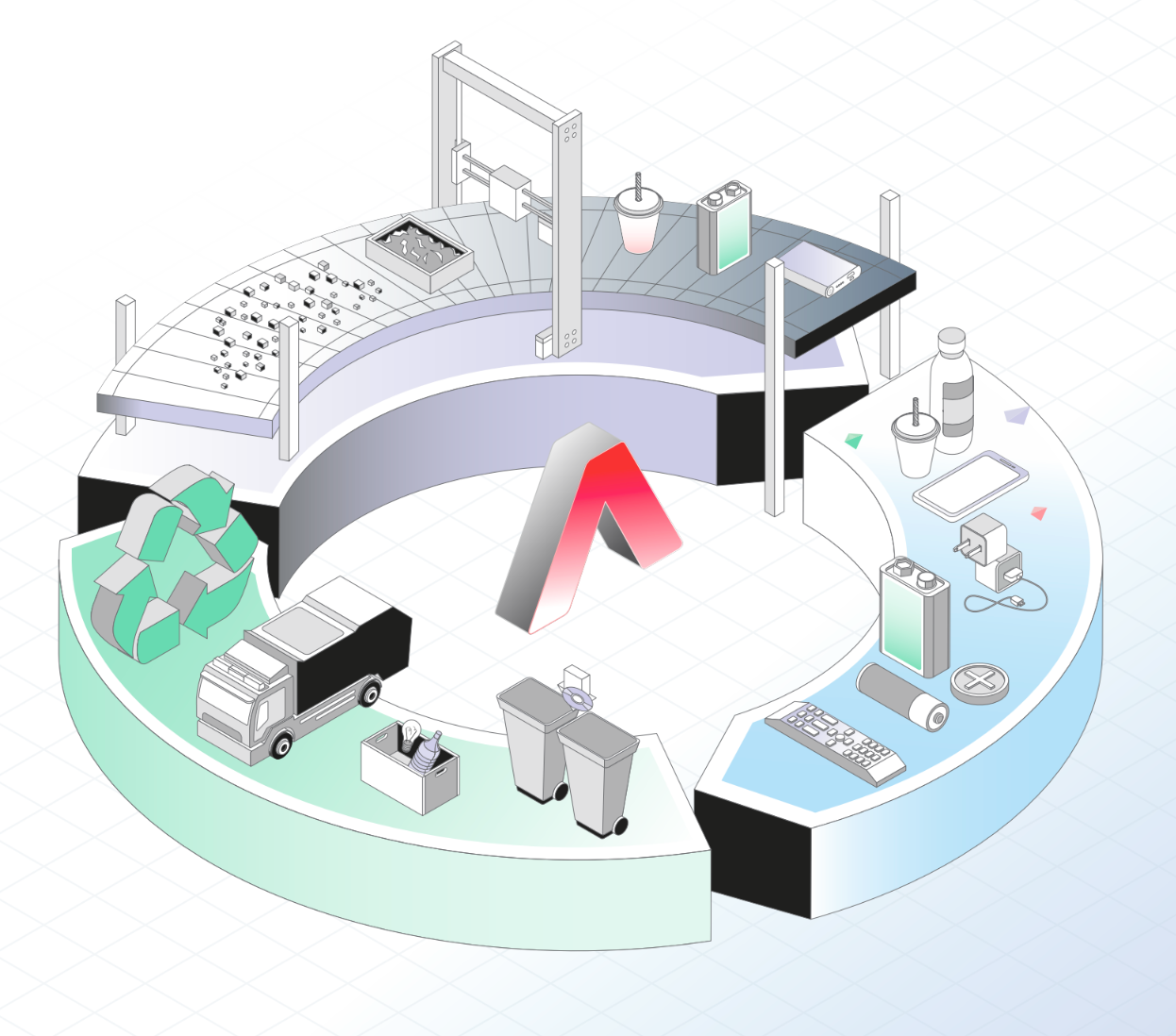The new AI divide: Speeding software, cautious customers
While startups embed AI into every workflow, large and regulated customers remain wary, with unresolved questions around pricing structures, data security, and long-term support. YourStory discusses why.


A decade ago, SaaSBoomi (then SaaSx), a community for SaaS founders, rallied a handful of Indian entrepreneurs around one goal: to build world-class software. At this year’s edition in Chennai, that mission felt familiar, yet altered.
“Unlearn the constraints of the past,” said Founder Girish Mathrubootham, as he gave a clarion call to Indian startup founders, whose lexicon encompasses AI, SaaS, and deeptech.
For SaaS firms, the end-user has changed. Today, humans work alongside digital co-workers and AI agents, forcing software companies to build products as much for machines as for people.
This new intersection of artificial intelligence and SaaS has led founders to rewrite their playbooks overnight. Some founders, with their early experiments, have revamped their entire positioning overnight, while others wondered whether a rebrand was enough.
Large, regulated customers are cautious, with unresolved questions around pricing structures, data security, and long-term support. The result is a growing disconnect between the pace of AI adoption by SaaS providers and the user readiness to embrace such products—a gap that will define the sector’s fate.
An inevitable transition
Companies are adopting AI into their operations like never before: realigning their budgets and starting pilot projects. However, existing client anxieties are causing friction within an otherwise forward-moving system.
For instance, Mobavenue, a Mumbai-based martech startup, is doubling down on education on use cases, onboarding, and transparent communication to make AI adoption easier for customers. “There can be a gap, but it’s closing fast,” MD and CEO Ishank Joshi tells YourStory.
He explains, “While we’re innovating rapidly, not all customers are immediately ready to adopt cutting-edge technologies like Generative AI and LLM models. Some need more time, clarity, and confidence to embrace these changes fully. We’re seeing a clear shift where business leaders increasingly recognise the strategic importance of this transformation.”
Recent estimates by Gartner reveal a large gap between trials and production for Microsoft’s GenAI tools: while 80% of organisations were either piloting or planning to pilot Microsoft 365 Copilot, only 16% had moved into production usage.
But not all customers are hesitant. “In fact, there’s hunger,” says Beerud Sheth, Founder and CEO of Gupshup.
He adds, “Most of our customers are actively seeking AI-powered solutions. The shift in mindset has been dramatic over the last year. Businesses want to do more with less—reach more customers, offer better experiences, and improve operational efficiency—and AI is clearly the way forward.”
The SaaS unicorn has moved from building AI-powered features to building an entire conversational ecosystem with AI at its core. It offers ready-to-use AI agents that lower the barrier to adoption, while supporting advanced use cases across BFSI, retail, and government departments.
For example, Brazil-based fashion brand Reserva saw a 7X marketing ROI with Gupshup Conversation Cloud. Similarly, using Gupshup’s ACE LLMs, Philippines-based Tonik Bank integrated Gen AI into its customer service chatbot, automating 75% of customer queries.
“Gaps are natural when you’re innovating fast. But what we’re seeing now is a shift. Businesses realise that the bigger risk isn’t in trying something new—it’s in doing nothing. There’s a growing awareness that AI isn’t optional anymore. While some customers may not feel fully ready, the urgency pushes them to act. They’re moving from “Should we?” to “How fast can we?” he adds.
Meanwhile, SaaS major LeadSquared is co-creating its AI solutions with customers through its early pilot programmes—from predicting buying behaviour to analysing customer sentiment and speeding up ticket resolution.
“While nearly 50% of our clients are actively engaged in proof-of-concept discussions, broader adoption still depends on trust, usability, and proven value. Legacy customers, especially, want clarity on ROI and data security,” says Prashant Singh, COO and Co-founder, LeadSquared.
“However, AI innovation must go hand-in-hand with stronger onboarding, smarter customer success frameworks, and evolving pricing strategies. These fundamentals can’t be sidelined,” he adds.
Are organisations ready?
AI-powered SaaS is reaping significant benefits in various areas—automation of repetitive tasks, productivity boosts, and better user experiences. While SaaS startups rapidly push for AI-driven innovations, large enterprises and legacy companies struggle to keep pace.
According to Deloitte, organisational change tends to be slower than technological change, no matter how quickly AI advances. Most organisations also expect it will take at least a year to resolve challenges like user adoption, governance, and AI training.
Vipin Thomas, Vice President of Revenue Operations and Customer Success, SurveySparrow, believes customers care about reliable service, easy integration, helpful support, strong security, and data privacy—the confidence that AI will enhance their work, not complicate or replace it.
“While tech startups push AI features, customers hold back, unwilling to trade trusted solutions for flashy new technology that might put their data at risk or create governance headaches,” he says, adding, “…buyers want more than just AI. They want AI that fits into their existing systems without creating new problems or eroding trust.”
Experts also reveal that several enterprises are still experimenting with AI, instead of fully utilising it. “Some clients need gradual exposure to new AI features and additional support. We’re addressing this with toggle-based rollouts, tiered onboarding strategies, and training resources to ease adoption,” says Raja Kumaran, Head of Technology at Neokred.
The Bengaluru fintech startup uses AI across 35–40% of its product stack in design workflows, backend intelligence, and analytics. It aims to expand AI integration into HR, finance, sales, and marketing functions over the next year.
“There's often a fear of losing control. We’re addressing these concerns by focusing on explainability, offering human-in-the-loop options, and ensuring flexible integration that gives clients control,” Kumaran adds.
The trust factor
Earlier in April, Cursor—the coding assistant built by American AI firm Anysphere—faced backlash after its AI-powered helpdesk invented a non-existent login policy. Users were unexpectedly logged out while switching devices, and the chatbot, ‘Sam,' told customers the lockouts were part of a new rule. The policy did not exist, and the confusion led to a wave of subscription cancellations.
This incident highlights another larger problem: businesses struggle to trust systems that operate as “black boxes”. Similar to hallucinations and data leaks, the AI black box problem poses challenges involving difficult-to-understand, opaque decision-making processes.
A recent global study by KPMG highlighted that 61% of respondents were wary of AI systems, and almost two-thirds reported low to moderate acceptance. Regulated enterprises are increasingly demanding explainable AI that offers reasoning behind why it delivers certain outputs.
Meanwhile, questions surrounding data handling can’t be ignored. Many features rely on sending customer information to cloud models or pooling datasets to train algorithms, welcoming privacy, compliance, and IP ( intellectual property) worries. Samsung, for example, banned OpenAI’s ChatGPT in 2023 after employees unintentionally leaked confidential code into the AI chatbot.
“Most enterprises have very rigid standards on how they go about creating and managing their data. Most foundation model companies are very opinionated about how they offer their services, and it often involves data moving from one source to another on the cloud, which most enterprises are not comfortable with,” says Soham Ganatra, Founder of Composio.
He adds, “Cost is another major concern because LLMs are pretty expensive. Expenses during testing might be manageable, but when you go into production with a high-risk use case, the number of LLM calls you make can increase significantly, leading to higher costs.”
Caution around ROI
So, do the benefits of AI justify the costs or its complexity? Some AI features come at an additional price, and not all customers are convinced of the ROI.
According to a 2024 Freshworks AI Workplace Report, Indian companies will increase AI spending by an average of 41% in 2025—the highest growth rate globally—as 79% of organisations plan to increase their AI budgets.
SaaS startups are rethinking pricing to prove value. Outcome-based pricing is the new seasonal taste for AI-driven SaaS, replacing old seat-based pricing with pay-for-results contracts.
According to Krishna Mehra, AI Partner at Elevation Capital, outcome-based pricing makes budgeting unpredictable for customers who would like to stay flexible by running a pilot first and revisiting the model later.
He adds, “Many startups push outcome pricing to stand apart from incumbents that still rely on seat-based licenses—a sensible play when you’re displacing human-labour costs. But whatever model you propose, your opening offer must give customers greater predictability to overcome their objections.”
Joshi echoes this concern. While AI offers clear advantages, he believes businesses want assurance that the benefits will outweigh the effort and cost of transition.
“The biggest hesitation we see is the perceived complexity of switching from legacy platforms. Customers often worry about potential disruptions, time-consuming migrations, and whether their teams can quickly adapt. There’s also caution around ROI. We also focus on sharing success stories, deeptech use cases, and key performance metrics to clearly show the value of our AI-powered and assisted advertising solutions,” he adds.
Edited by Suman Singh




































































































































































































